Choosing an island in the Cyclades is a familiar summer conundrum for those who love Greece. The array of choice is so dizzying that many opt for the safety of well-known options: Santorini and Mykonos. But if you’re seeking something off the beaten track, why not venture away from the tourist centrals?
With a population of roughly 5,000, Milos strikes the perfect balance between adventure and unspoilt natural beauty. Situated between Piraeus and Crete, the 150km2 horseshoe-shaped island is the rising star of this group of well-trammelled islands. It gained significant attention from tourists in the last decade, with 2019 recognised as its best year before the inevitable shake-up of the pandemic, a local says. Yet, with the Greek government having lifted all entry requirements last month, the hopeful islanders are gearing up to welcome a new swathe of crystal water-hungry tourists.
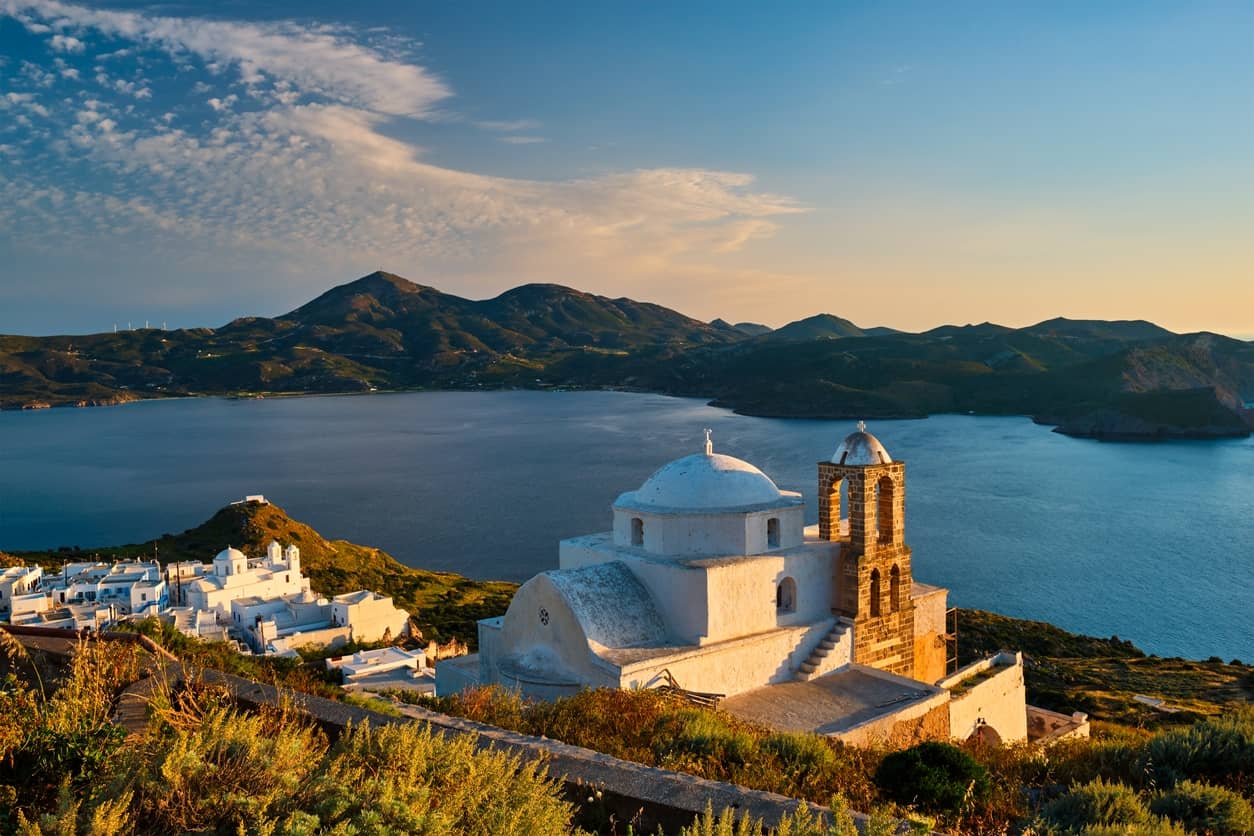
Milos has prospered thanks to its natural wealth of minerals. Its large supply of obsidian – a hard rock – was instrumental in the making of various tools and weaponry during the Mesolithic period. Over the years, minerals found on the island – such as bentonite, perlite, and kaolin – have been exported globally, kickstarting its economy and civilisation.Milos markets itself as a lovers’ island as the Venus de Milo statue was discovered here in 1820 but in reality it welcomes a variety of travellers. Although if you are one of the ‘lovers’, there is a long-running tradition that one must propose in Milos, otherwise their relationship is destined to fail. Not a terrible marketing tactic.
The island is accessible by either ferry or plane from Athens, making it easy to pair a trip with a couple of days in the Greek capital
The island is accessible by either ferry or plane from Athens, making it easy to pair a trip with a couple of days in the Greek capital. The adventure begins at the island’s Saharan-like airport. Your main choices of transport once off the plane include a standard hatchback, quad-bike, or — of which I favoured and a standard UK-issued driving license permits — a 50cc engine scooter. Hence the frequent sight of a gentleman arriving at the airport on his scooter, with a 20kg suitcase as his passenger.
If you are hesitant about the idea of traversing the roads of a foreign island with a scooter rented for €20 a day, many tourists opt for quad-bikes. For Londoners it’s a much-needed break from the monotony of buses and tubes. Venturing to the various beaches, cliffs and ports becomes an activity, rather than just a means to get from A to B. The unconventional transport only adds to the island’s unpolished feel. In sharp contrast to Mykonos — an island renowned for hosting A-listers — Milos offers a more authentic, de-blinged Greek experience, with a distinctly casual vibe. Shorts, sandals, and T-shirts are the standard island uniform. Even trainers feel like an extravagance here.
The port town of Adamantas acts as a convenient hub for various shops and accommodation, as well as being a terminal for several bus routes, the island is not overly pedestrian-friendly. Milos’s tourist season starts in May and lasts till October. But, if you trust the locals, the island’s sweet spot is in June – reliable sunshine without the crowds.
Klima
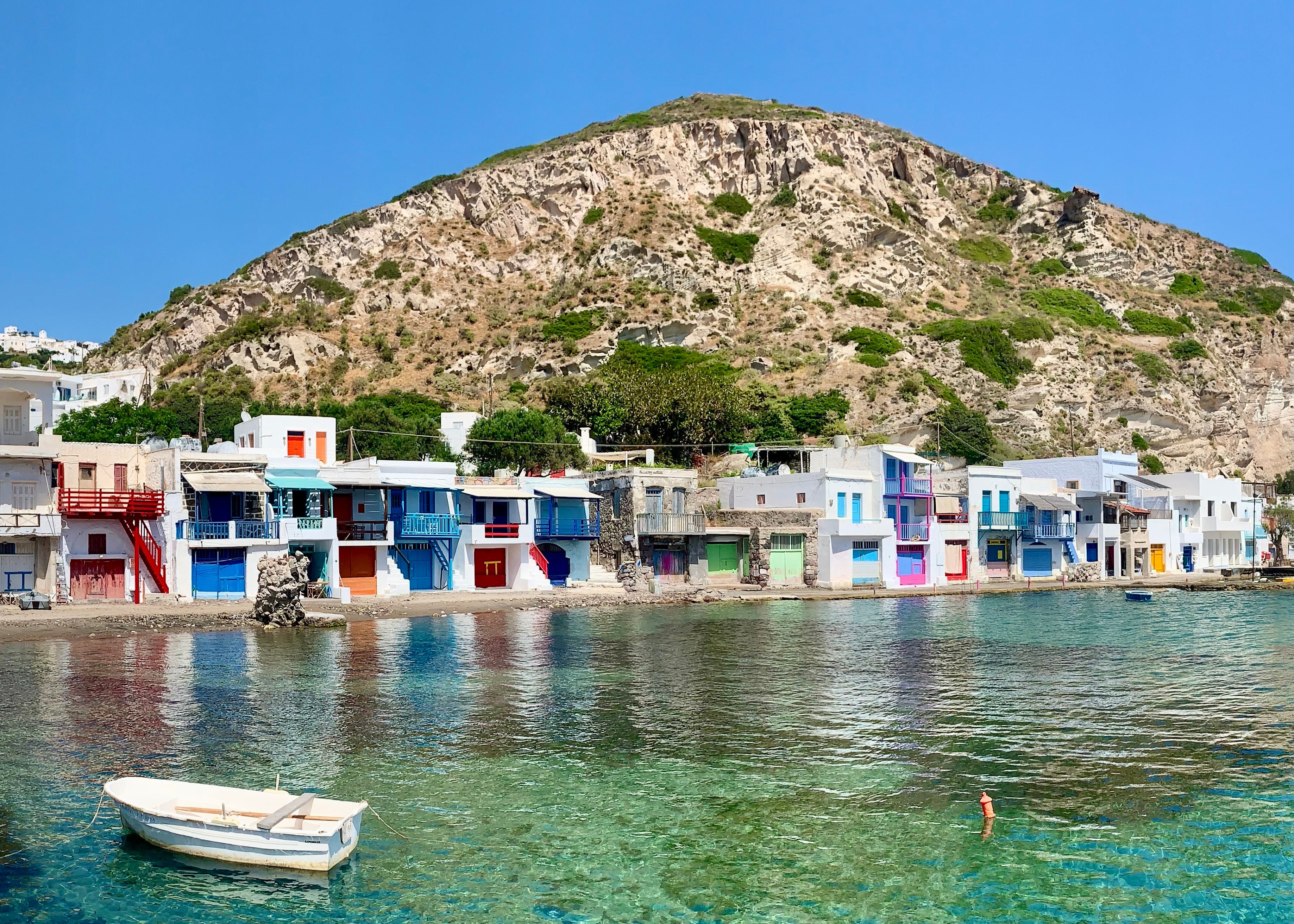
Despite, being home to as few as 20 permanent residents, Klima is a colourful fishing village like no other. Dine on freshly caught prawns at Astakas or, for a truly Cycladic experience, you can rent several of the brightly painted houses through Airbnb.
Sarakiniko beach
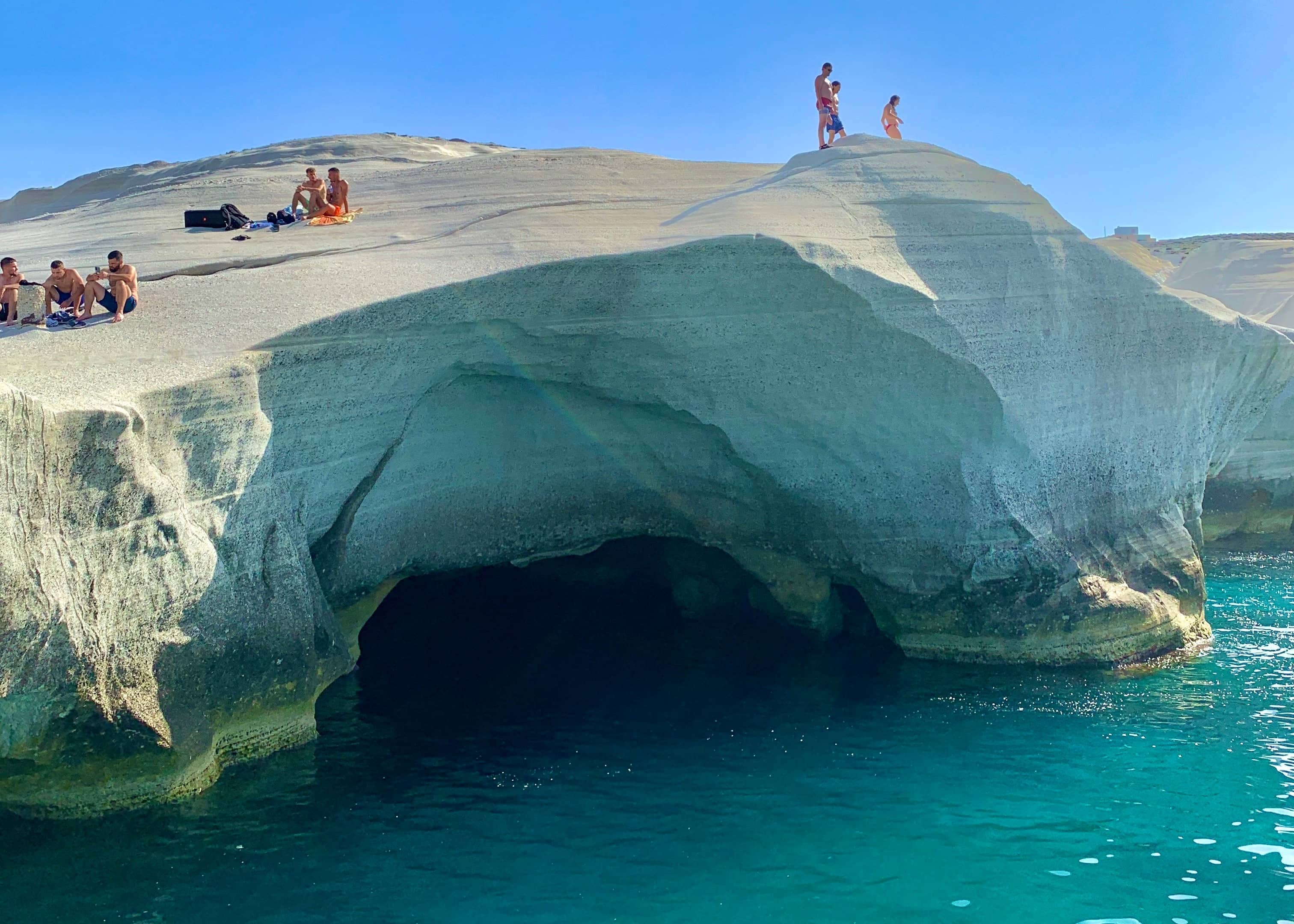
Composed of white volcanic rock – and thus commonly known as ‘the moon beach’ – Sarakiniko is situated on the north shore of Milos. Incomparable to any other coastline I’ve seen, it seems alien at first glance. The further you explore this beach, the better it gets. Try not to drop your towel and settle at the first sight of the clear water. There are no admission tickets or designated areas to restrict you. And despite this freedom afforded to visitors, I failed to find a single piece of rubbish. If you’re up for the thrill, this is the place to cliff-jump.
Kleftiko beach
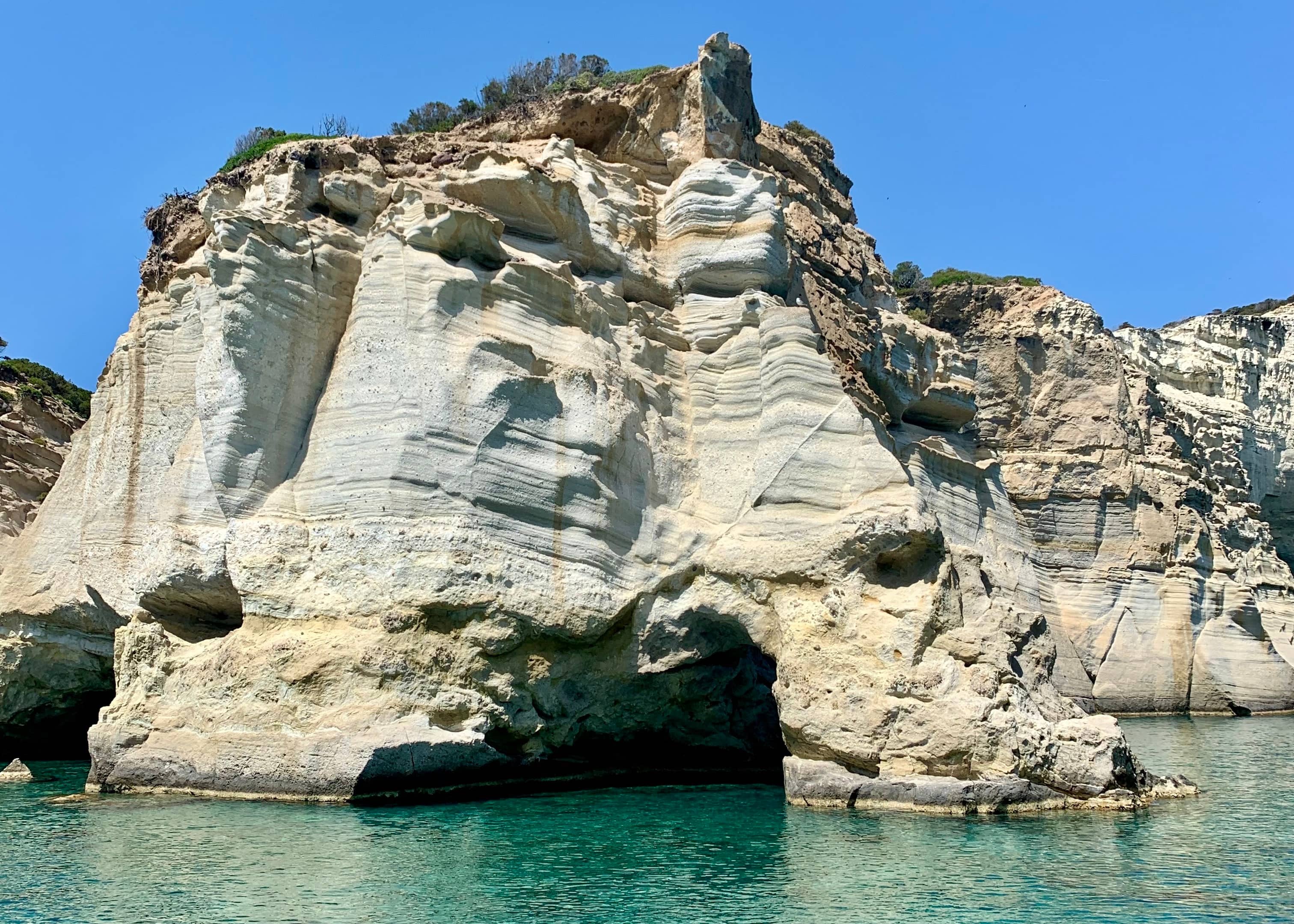
What was once a hideout for pirates and possibly the most picturesque location on the island, Kleftiko beach offers a medley of white cliffs and coastal caves. Found on the southwestern coast, it is best reached by boat. The chimerical waters are so clear they seem deceptively shallow but are deep enough for diving off the boat.

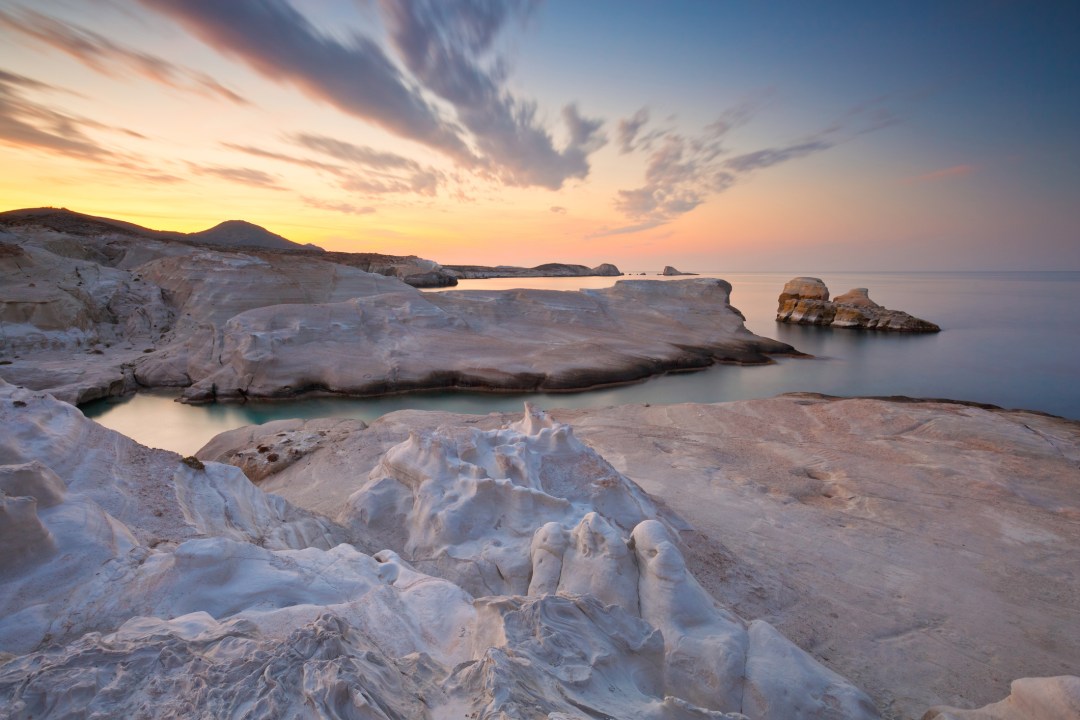
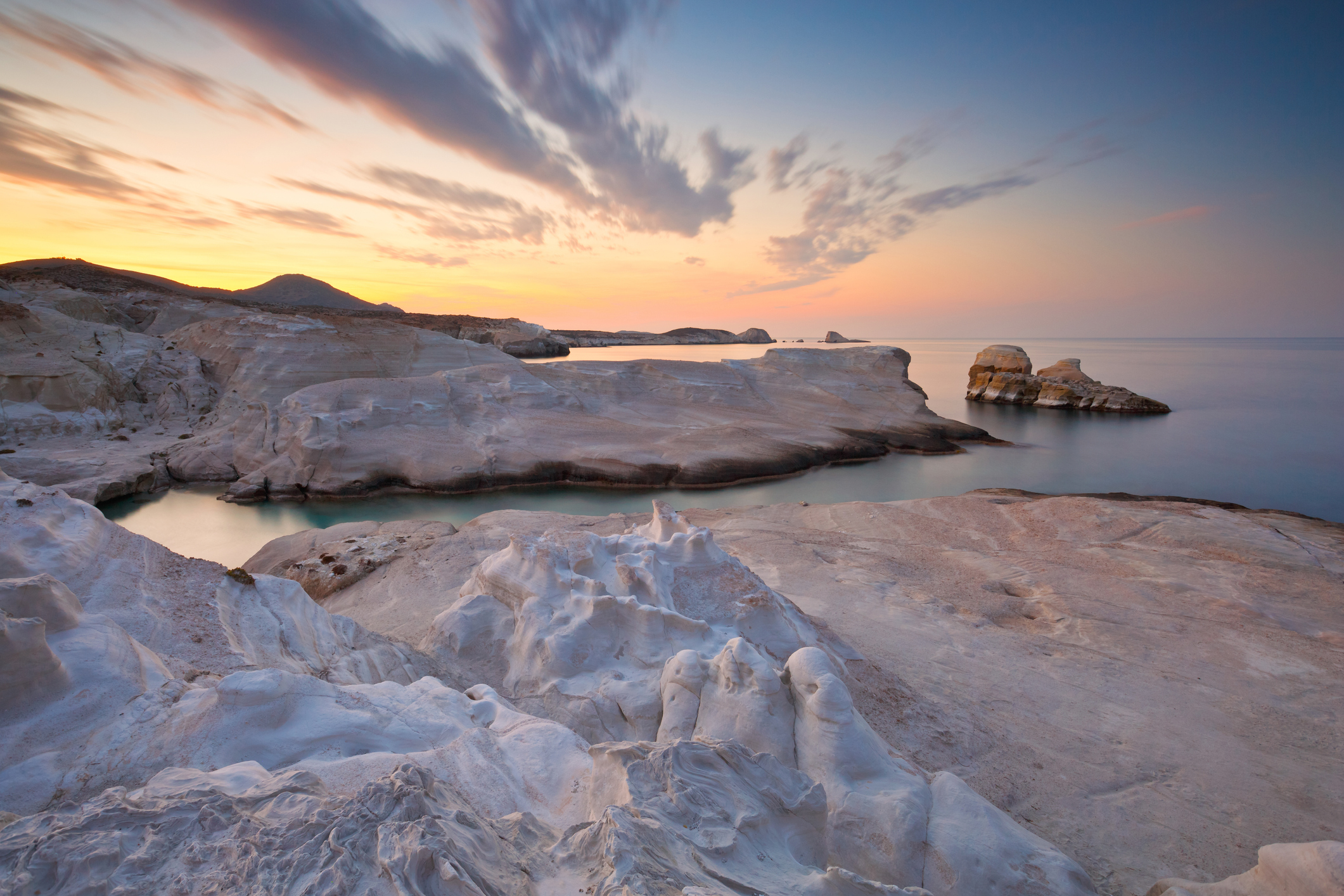




Comments